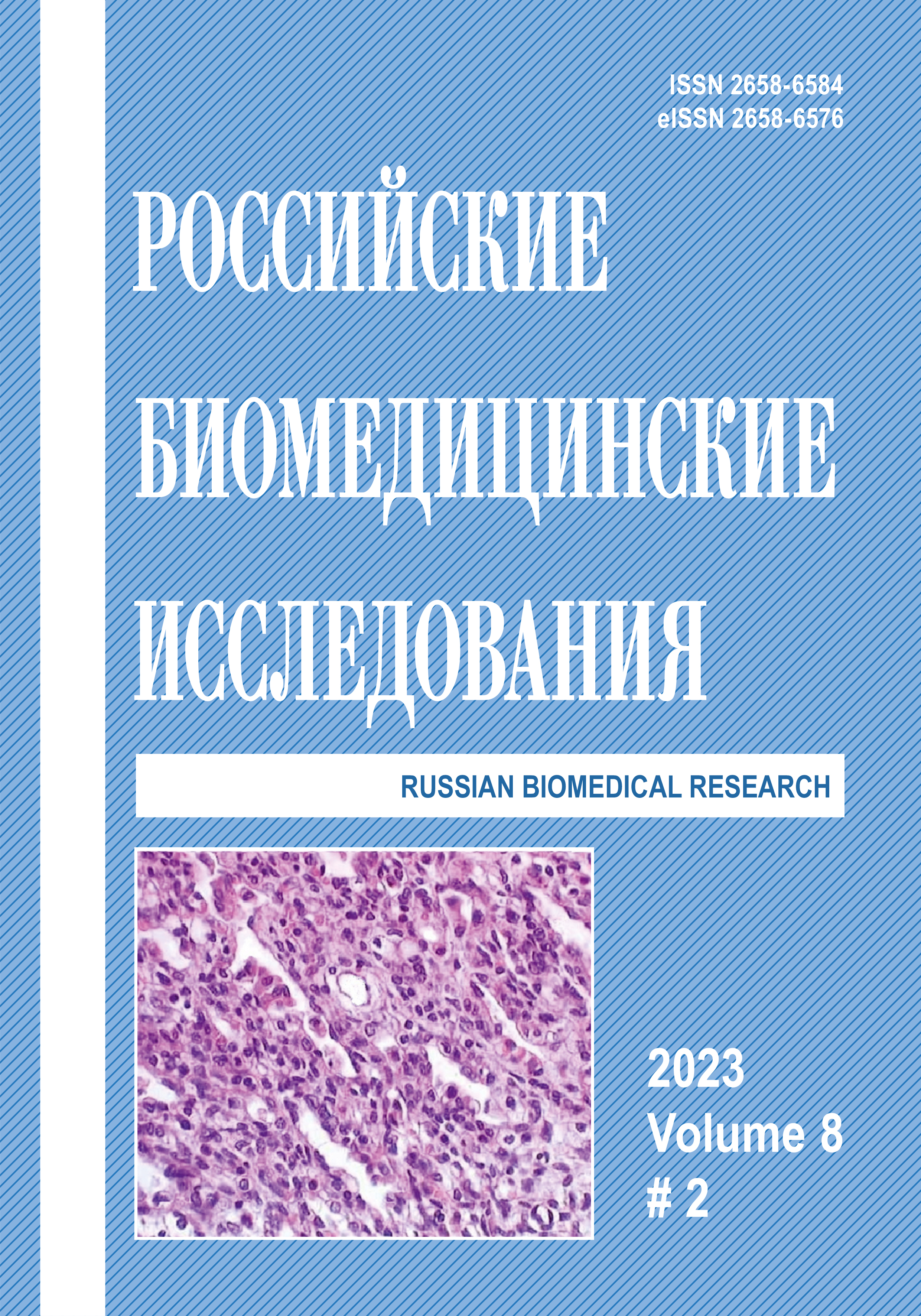APPROACHES TO MODELING AUTISM IN ATTENTION DEFICIT HYPERACTIVITY DISORDER
Abstract
Among neurodevelopmental disorders in children, the most common and socially significant are attention deficit hyperactivity disorder (ADHD) and autism spectrum disorders (ASD). It has already been proven that ASD and ADHD have a number of common components of pathogenesis and are characterized by some common clinical features, but the factors that would lead to the development of ADHD, ASD or ADHD + ASD have not yet been described, which necessitates the development of animal models of this condition. Many research groups consider ASD and ADHD as polygenic diseases. However, the identification of more and more new candidate genes does not bring us closer to understanding the etiology. According to modern concepts, the development of AS + ADHD requires a combined effect of at least a genetic and cerebro-organic factor, therefore, to model the main symptoms of this condition, it is optimal to use drugs that cause organic brain damage in animals with genetically determined disorders. In these diseases, genetically determined disorders should mainly affect monoaminergic neurotransmitter systems, because they determine the course of all fundamental processes for the CNS. This review argues that rats with knockout of the dopamine transporter gene (genetic factor) and developed valproate syndrome (cerebral-organic factor) can be used to study the pathogenesis of ASD combined with ADHD.
Copyright (c) 2023 Russian Biomedical Research

This work is licensed under a Creative Commons Attribution 4.0 International License.



